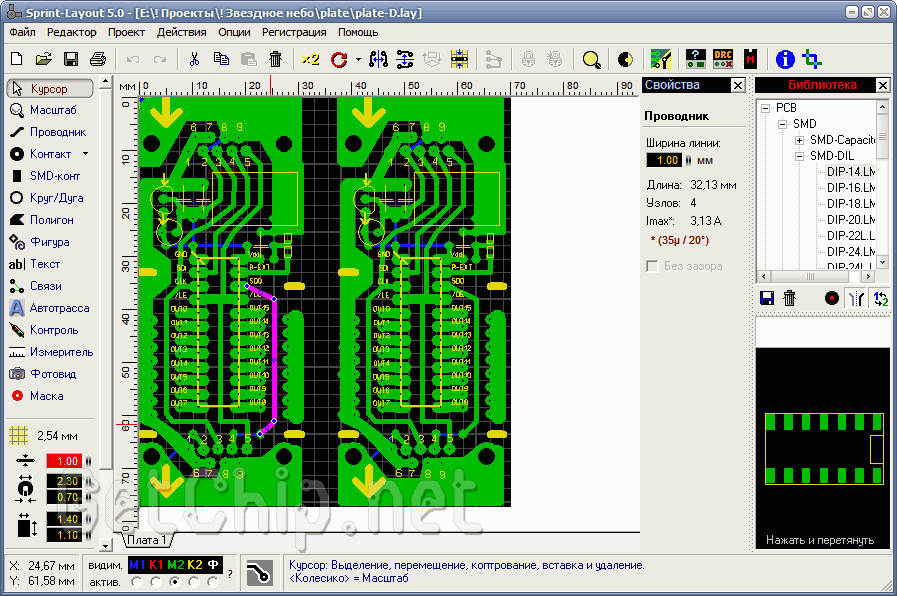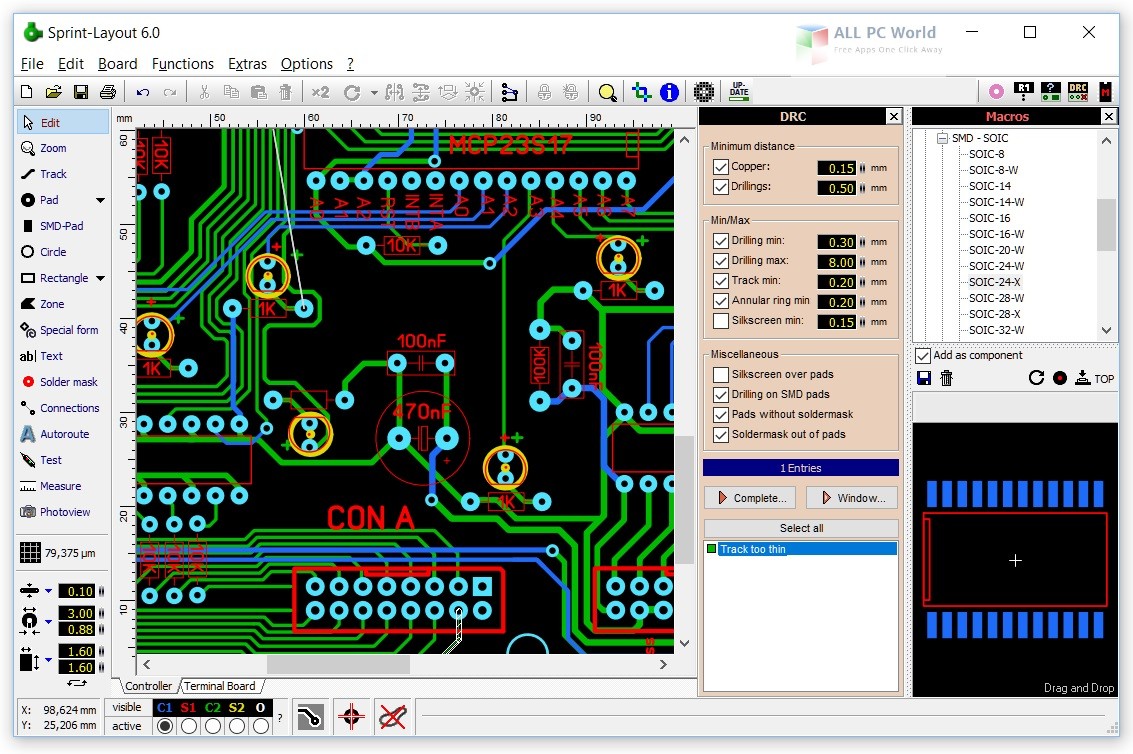


There are no patents, products in development or marketed products to declare. Colin Mackintosh is employed by APPSEN Pty Ltd. The specific role of this author is articulated in the ‘author contributions’ section.Ĭompeting interests: We have the following interests. provided support in the form of salaries for author CM, but did not have any additional role in the study design, data collection and analysis, decision to publish, or preparation of the manuscript.

This is an open access article distributed under the terms of the Creative Commons Attribution License, which permits unrestricted use, distribution, and reproduction in any medium, provided the original author and source are credited.ĭata Availability: All relevant data are within the paper and its Supporting Information files.įunding: The authors received no specific funding for this work. Received: JanuAccepted: JPublished: August 1, 2017Ĭopyright: © 2017 Marsland et al. PLoS ONE 12(8):Įditor: Øyvind Sandbakk, Norwegian University of Science and Technology, NORWAY (2017) Full course macro-kinematic analysis of a 10 km classical cross-country skiing competition. Clearly, valuable insights into cross-country skiing performance can be gained through continuous macro-kinematic monitoring during competition.Ĭitation: Marsland F, Mackintosh C, Holmberg H-C, Anson J, Waddington G, Lyons K, et al. Distinct individual velocity thresholds for transitions between sub-techniques were observed. Overall velocity and mean DP-CL were significantly higher on Lap 1, with no significant change in KDP-CL or DS-CL between laps. For all sub-techniques the mean CR on both laps and for the slower and faster skiers were similar, while there was a trend for the mean velocities in all sub-techniques by the faster athletes to be higher.

Large within-athlete variances in CL and CR occurred, particularly for DS (CV% = 25 ± 2% and CV% = 15 ± 2%, respectively). Double poling (DP) was the predominant cyclical sub-technique utilised (43 ± 5% of total distance), followed by diagonal stride (DS, 16 ± 4%) and kick double poling (KDP, 5 ± 4%), with the non-propulsive Tuck technique accounting for 24 ± 4% of the course. Algorithms and visual classification were used to identify skiing sub-techniques and calculate velocities, cycle lengths (CL) and cycle rates (CR) over the entire course. Data were collected from eight male participants during the Australian championship competition wearing a single micro-sensor unit (MinimaxX™, S4) positioned on their upper back. In this study micro-sensors were employed to analyse macro-kinematic parameters during a classical cross-country skiing competition (10 km, 2-lap).


 0 kommentar(er)
0 kommentar(er)
